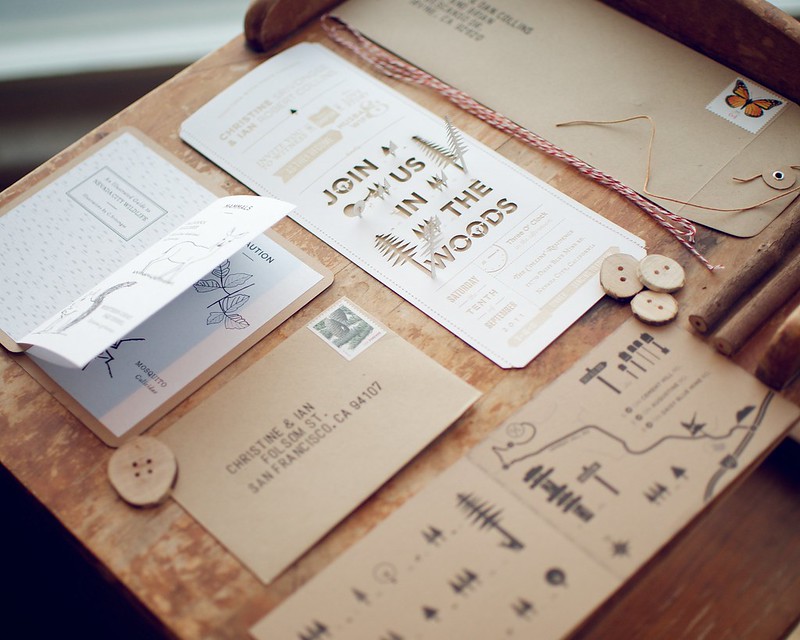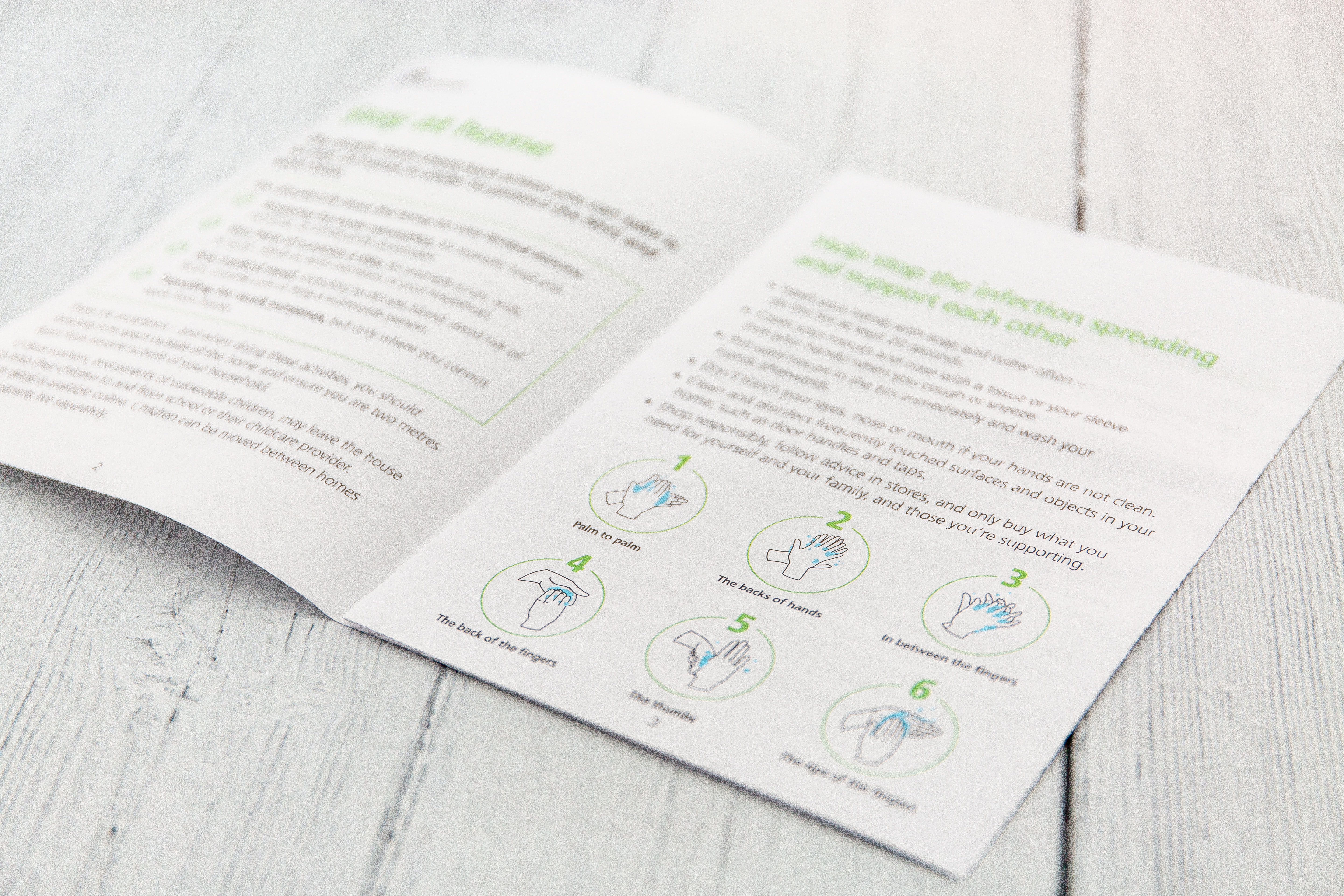Whether we’re using ink on paper or printing digitally with toner, quality remains our number one objective.
There are advantages to both offset and digital printing depending on the requirements of the project, and we’re here to make the best decisions possible to ensure that the finished project matches your vision.
Frequently Asked Question: What is the difference between offset and digital printing?
Offset Printing
Offset printing technology uses plates, usually made from aluminum, which are used to transfer an image onto a rubber "blanket", and then rolling that image onto a sheet of paper. It's called offset because the ink is not transferred directly onto the paper.
Offset printing is the best choice when larger quantities are needed, and provides accurate color reproduction, and crisp, clean professional looking printing.

Photo by Ian Collins
Digital Printing
Digital printing doesn't use plates the way offset does, but instead uses options such as toner (like in laser printers) or larger printers that do use liquid ink.
Digital printing shines when lower quantities are needed; think of a run of 20 greeting cards or 100 flyers.
Another benefit of digital printing is it's variable data capability. When each piece needs a unique code, name or address, digital is the only way to go. Offset printing cannot accommodate this need.

Photo by Matt Smart
While offset printing is a fantastic way to produce great-looking print projects, many businesses or individuals do not need large runs of 500 or more, and the best solution is digital printing.
Some Advantages of Offset Printing:
- Large quantities can be printed cost effectively
- The more you print, the cheaper the price per piece
- A large variety of paper types with custom finishes can be used
- Special custom inks such as metallic and Pantone colors are available
- Highest possible printing quality, with greater detail and color fidelity
Some Advantages of Digital Printing:
- Setup costs are lower for short runs
- Print only the amount you need, when you need it
- Lower minimum quantities (as low as 1, 20 or 50 pieces)
- Inexpensive black and white digital printing
- Variable data capability (names, addresses, codes or numbering can be done easily)
- Improved technology has made digital quality acceptable for more uses
Offset and digital are both useful printing methods. Each have particular benefits depending on your project's requirements. When you need larger runs of a project, into the hundreds or thousands, or are using a specific, brand-centric Pantone color, offset printing is the only way to go. You can also use a much wider variety of custom papers and specialty inks, such as metallic or fluorescent inks in the offset process.
If a small run of less than 100 or the need for individual addresses or information is required, digital is your solution. The best part is that as a business, your needs can be met with either of these choices.
We look forward to earning your business every day.